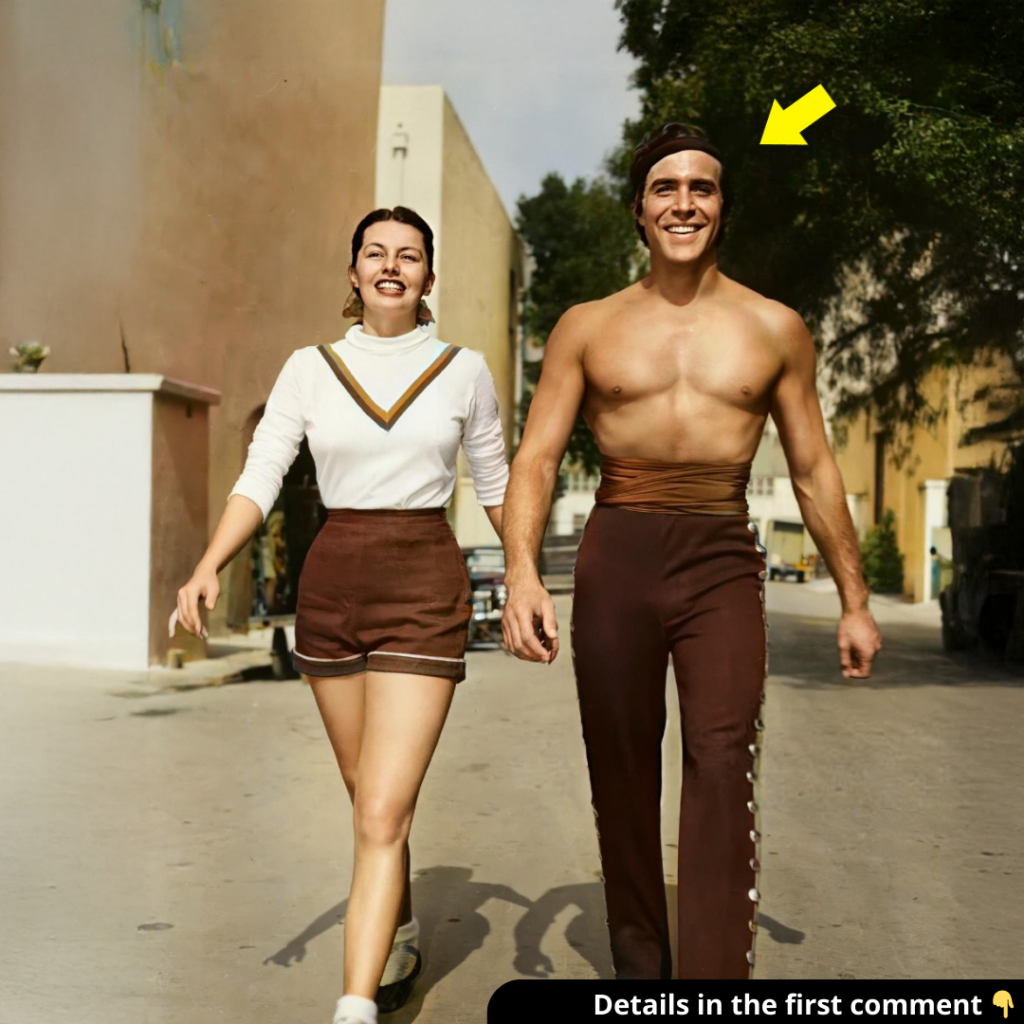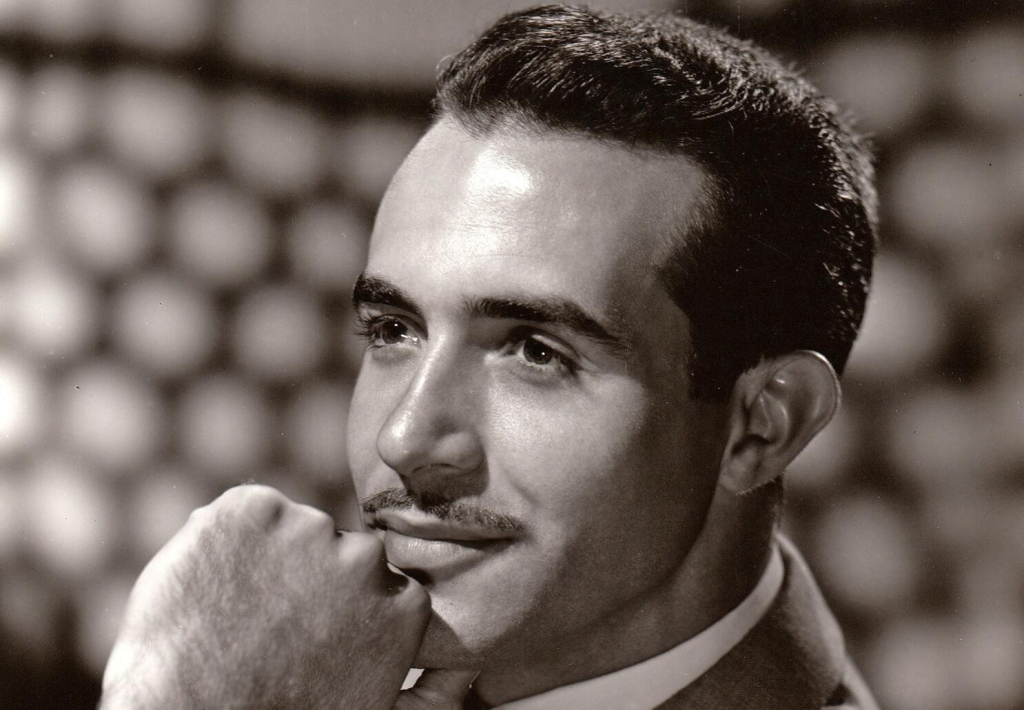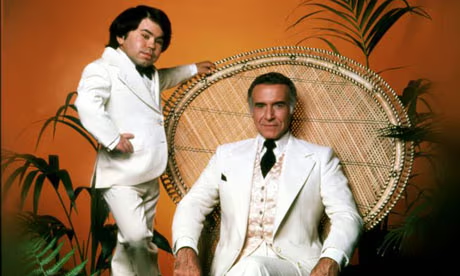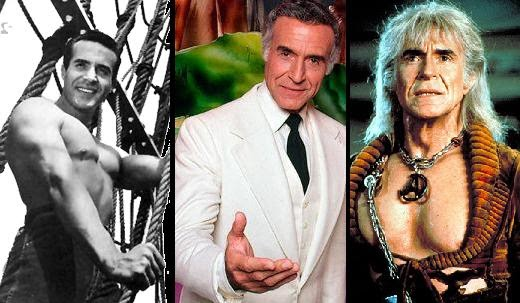Ricardo Montalbán was more than just an actor; he was a trailblazer who redefined the portrayal of Latin characters in Hollywood. Known for his charm, elegance, and strong principles, Montalbán’s career spanned decades, during which he broke stereotypes and became an enduring cultural icon. However, his journey wasn’t without challenges. By closely examining his career, you’ll discover the unexpected twists that shaped his extraordinary life.
A Star Is Born: The Early Life of Ricardo Montalbán

Born on November 25, 1920, in Mexico City, Ricardo Montalbán was the youngest of four children born to Spanish immigrants, Ricarda Merino and Jenaro Montalbán. His family’s modest background didn’t deter him from dreaming big. After moving to Los Angeles as a teenager, he lived with his brother Carlos, who was pursuing a career in show business. Ricardo attended Fairfax High School in Hollywood, where his natural charisma and talent were first noticed in a student play.
Though he was offered a screen test, Montalbán initially chose to return to Mexico to care for his ailing mother. There, his good looks and magnetic personality helped him rise to fame in the Spanish-language film industry. Nearly a dozen Mexican films later, Montalbán caught the attention of Metro-Goldwyn-Mayer (MGM), leading to his big break in Hollywood.
Hollywood’s Latin Lover: A Double-Edged Sword

Montalbán’s Hollywood debut came in the 1947 musical Fiesta, where he played a bullfighter alongside MGM star Esther Williams. His second film, On an Island with You (1948), solidified his reputation as the quintessential “Latin lover.” Over the years, he starred opposite leading ladies like Cyd Charisse, Shelley Winters, and Lana Turner in romantic roles that showcased his charm and sophistication. One such film, Latin Lovers (1953), epitomized his typecast image.
While this persona brought him fame, it also pigeonholed him. Hollywood often relegated him to roles as bandidos, gigolos, or other ethnic stereotypes. Despite his attempts to break free with roles in critically acclaimed films like Border Incident (1949) and Right Cross (1950), the industry’s limited perspective of Latino actors hindered his career progression.
Fighting Stereotypes: A Militant for Change
Unlike many minority actors of his time, Montalbán actively fought to uplift the image of Latinos in Hollywood. He criticized the industry’s stereotypical portrayals of Mexicans and sought to create opportunities for Spanish-speaking actors. In 1970, he founded Nosotros, a nonprofit organization dedicated to improving the representation of Latinos in film and television. Through Nosotros, Montalbán not only provided a platform for Latino talent but also challenged Hollywood’s status quo.
His outspoken activism had consequences. Montalbán admitted that his “militancy” cost him roles, but he never wavered in his commitment to his cause. His efforts culminated in the renaming of the historic Doolittle Theater in Hollywood to the Montalbán Theater in 2004, making it the first major U.S. theater named after a Latino artist.
Versatility on Screen: Beyond the Latin Lover

While Montalbán’s early career was defined by romantic leads, his versatility as an actor shone through in a wide range of roles. He played a Mexican undercover cop in Border Incident, a Blackfoot chief in Across the Wide Missouri (1951), and a Kabuki actor in Sayonara (1957). These roles showcased his ability to transcend ethnic boundaries, even as Hollywood often typecast him.
One of the most significant moments of his career came in 1967, when he portrayed the iconic villain Khan Noonien Singh in Star Trek: Space Seed. He reprised the role in Star Trek II: The Wrath of Khan (1982), delivering a performance that remains one of the most memorable in the franchise’s history.
Television Fame: The Man in the White Suit
Though Montalbán’s film career waned in the 1970s, he found new life on television. He became a household name as the enigmatic Mr. Roarke on Fantasy Island (1977–1984). Dressed in his signature white suit, Montalbán captivated audiences as the mysterious host who granted guests their deepest desires—with unexpected consequences. His on-screen partnership with Hervé Villechaize, who played Tattoo, added charm and humor to the series.
While some critics dismissed Fantasy Island as lightweight entertainment, the role allowed Montalbán to connect with audiences worldwide. It became his signature character, solidifying his status as a cultural icon.
The Advocate and the Innovator

Montalbán’s impact extended beyond acting. His deep, velvety voice became instantly recognizable, lending itself to commercials for Chrysler’s Cordoba, where he famously described the car’s “rich Corinthian leather.” Though the term was a marketing invention, it became synonymous with Montalbán’s refined persona.
In his later years, Montalbán used his platform to advocate for inclusion and representation in Hollywood. He published his memoir, Reflections: A Life in Two Worlds (1980), offering insight into his experiences as a Mexican actor navigating Hollywood’s biases.
Legacy and Later Years
Despite suffering a debilitating spinal injury during the filming of Across the Wide Missouri, Montalbán continued to work tirelessly. In his later years, he appeared in films like Spy Kids 2 and Spy Kids 3, delighting a new generation of fans. His contributions to Hollywood were recognized with numerous accolades, including an Emmy Award for his role in How the West Was Won.
Montalbán’s legacy is one of resilience, elegance, and unwavering commitment to his principles. He passed away on January 14, 2009, at the age of 88, leaving behind a body of work that continues to inspire.
Conclusion: Ricardo Montalbán’s Enduring Impact

Ricardo Montalbán was more than just an actor; he was a pioneer who used his talent and influence to challenge stereotypes and elevate the image of Latinos in Hollywood. From his charismatic “Latin lover” roles to his villainous turn as Khan and his beloved portrayal of Mr. Roarke, Montalbán’s career showcased his range and resilience.
His activism, particularly through Nosotros, opened doors for future generations of Latino artists, ensuring that his legacy extended far beyond the screen. Ricardo Montalbán remains a shining example of how one individual’s dedication can bring about meaningful change, both in art and in society.


